Archives
- 2025-10
- 2025-09
- 2025-03
- 2025-02
- 2025-01
- 2024-12
- 2024-11
- 2024-10
- 2024-09
- 2024-08
- 2024-07
- 2024-06
- 2024-05
- 2024-04
- 2024-03
- 2024-02
- 2024-01
- 2023-12
- 2023-11
- 2023-10
- 2023-09
- 2023-08
- 2023-07
- 2023-06
- 2023-05
- 2023-04
- 2023-03
- 2023-02
- 2023-01
- 2022-12
- 2022-11
- 2022-10
- 2022-09
- 2022-08
- 2022-07
- 2022-06
- 2022-05
- 2022-04
- 2022-03
- 2022-02
- 2022-01
- 2021-12
- 2021-11
- 2021-10
- 2021-09
- 2021-08
- 2021-07
- 2021-06
- 2021-05
- 2021-04
- 2021-03
- 2021-02
- 2021-01
- 2020-12
- 2020-11
- 2020-10
- 2020-09
- 2020-08
- 2020-07
- 2020-06
- 2020-05
- 2020-04
- 2020-03
- 2020-02
- 2020-01
- 2019-12
- 2019-11
- 2019-10
- 2019-09
- 2019-08
- 2019-07
- 2019-06
- 2019-05
- 2019-04
- 2018-07
-
Medium spiny neurons MSNs in the striatum start from
2024-04-18
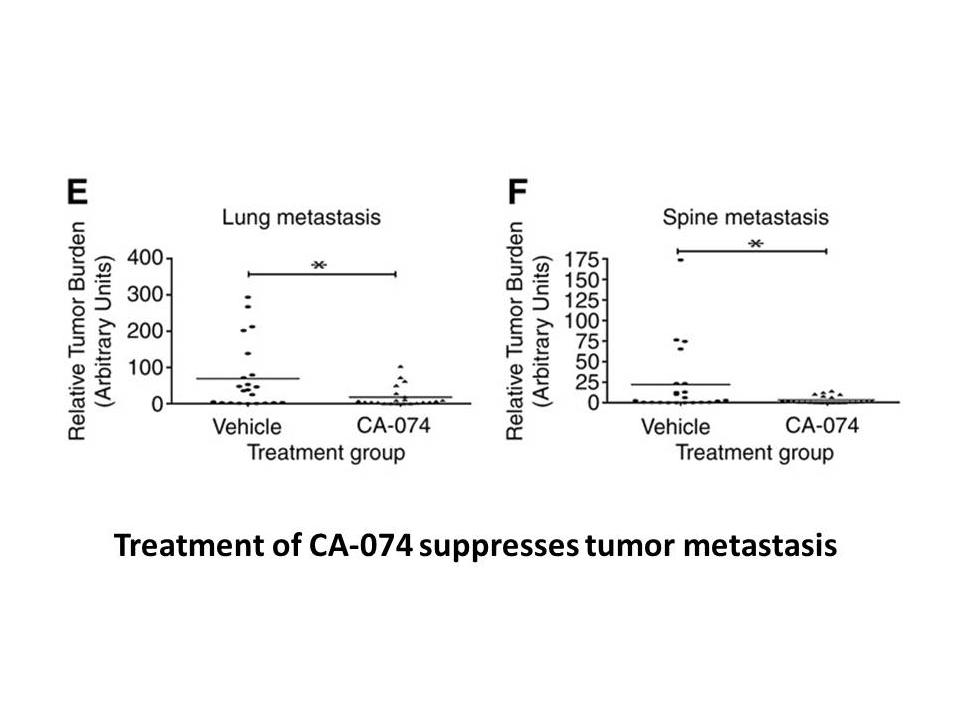
Medium spiny neurons (MSNs) in the striatum start from a deeply hyperpolarized resting membrane potential, slowly depolarize and show a delayed start of firing during a current injection (Kawaguchi, 1993, Nisenbaum and Wilson, 1995, Planert et al., 2013). The firing pattern during the current inject
-
AMPK is an essential player in adiponectin signaling pathway
2024-04-18
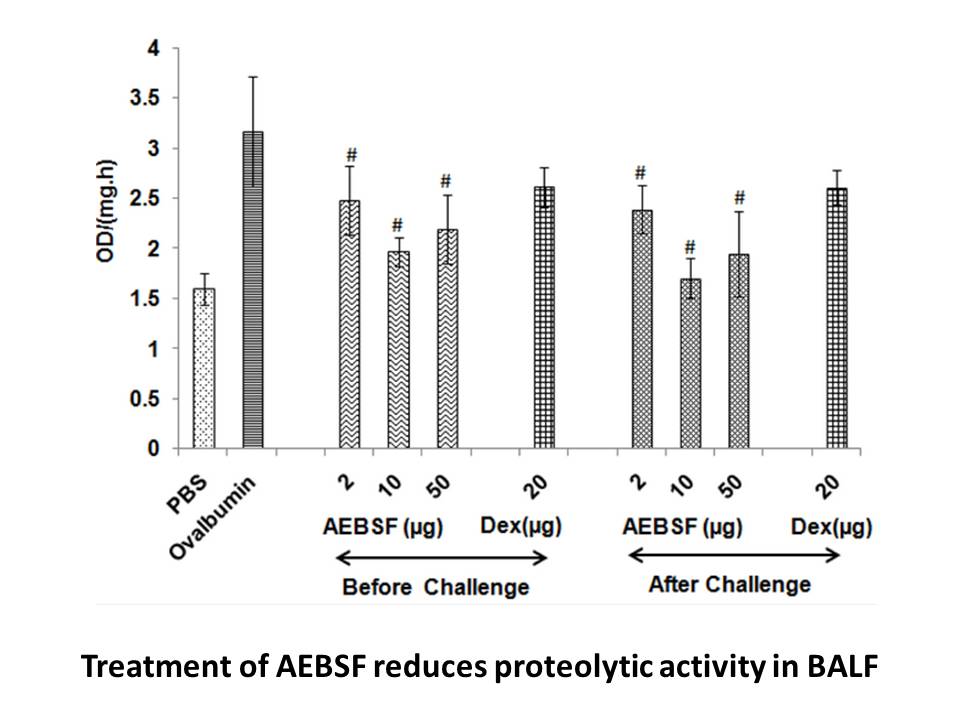
AMPK is an essential player in adiponectin signaling pathway that regulates energy metabolism. The fact that suppression of AMPK activity by compound C largely diminished candesartan-mediated inhibition of NFκB via blocking AT1 also suggests that the AT1-mediated effect is at least partly resulted f
-
In fact serotonin is a major modulator of dopaminergic
2024-04-18

In fact, serotonin is a major modulator of dopaminergic (DA) neuronal activity through the 5-HT2C receptor. Studies have shown that the selective 5-HT2C receptor agonist Ro60-0175 blocks the burst-firing of mesolimbic DA neurons, which project from the ventral tegmental area (VTA) to the nucleus acc
-
Some alterations in the integrity of cell membranes caused
2024-04-18
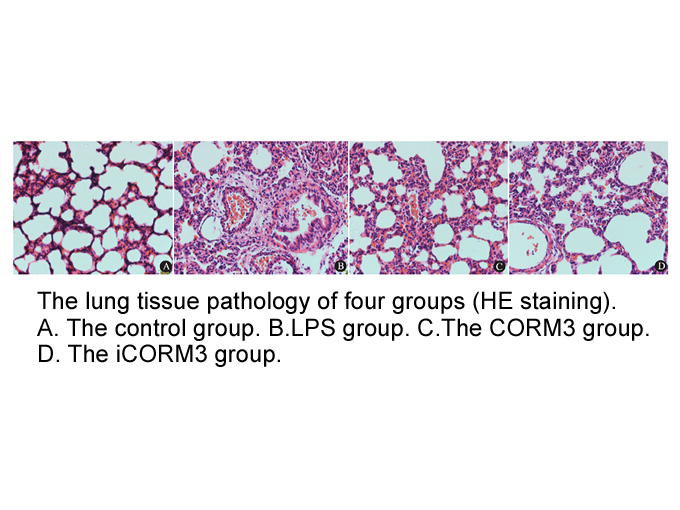
Some alterations in the integrity of cell membranes caused by toxic agents can be determined by measuring certain enzymes released by damaged cells [8]. The cholinesterases, for example, catalyze the hydrolysis of cmv (ACh) in choline and acetic acid. Theses enzymes are divided into two types: the a
-
Materials and methods br Results br Discussion ATX
2024-04-18

Materials and methods Results Discussion ATX plays a significant role in initiating and sustaining tumor metastasis [43]. LPA stimulates cell proliferation, migration and survival by acting on its cognate G-protein-coupled receptors. Aberrant LPA production, receptor coelenterazine and signa
-
In the last decade the
2024-04-18

In the last decade, the zebrafish has emerged as a valuable vertebrate model to systematically dissect the genetic underpinnings of both vertebrate heart development and function [8,9], as well as distinct cardiac diseases such as congenital heart disease [10], cardiomyopathies [11,12] and cardiac a
-
In a human intervention study blood GSH levels were evaluate
2024-04-17
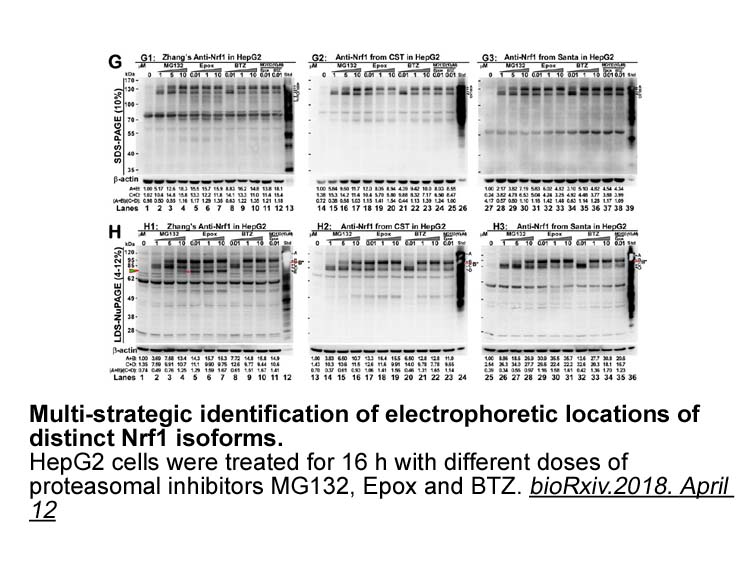
In a human intervention study, blood GSH levels were evaluated over 6 wk in 18 male participants subjected to strenuous aerobic training and a dietary supplement of 1 g of WPI/kg of body mass per day. Blood GSH levels were significantly lower in those subjects who performed exercise that those who d
-
Since at least prospective cohort studies
2024-04-17
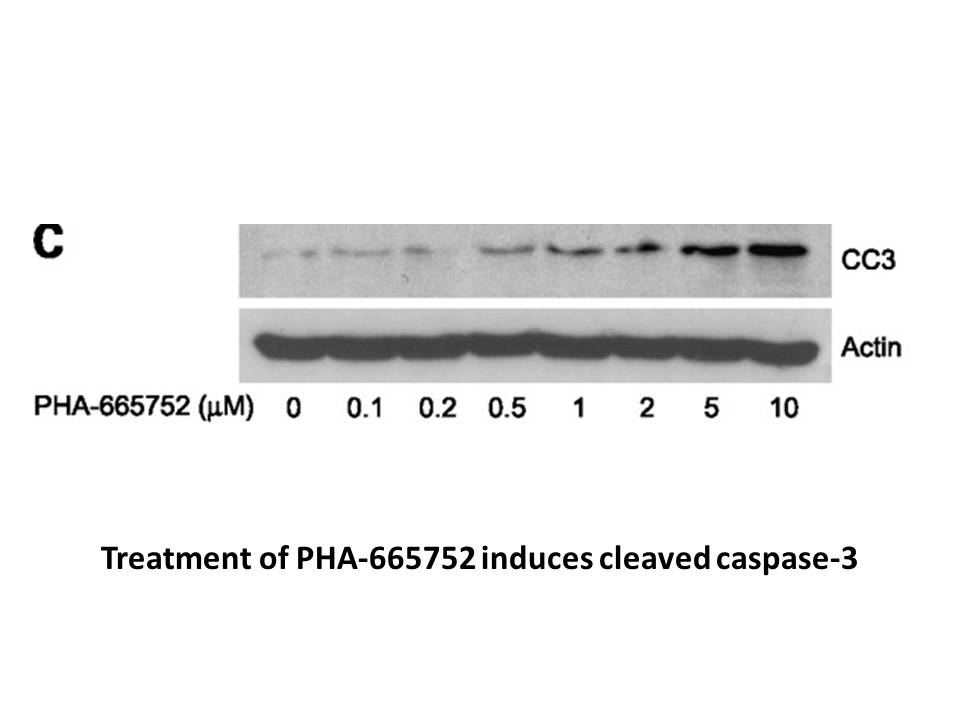
Since 2005, at least 14 prospective cohort studies have been conducted to clarify inconsistencies in the field, ten of which suggested a direct correlation between antibiotic use and atopy or wheezing later in life [51–60], three found no association [61–63], and one found positive association only
-
The association of male gender
2024-04-17
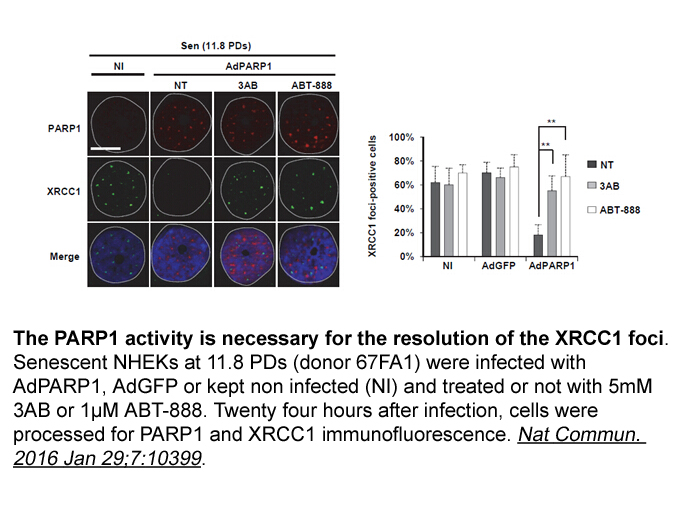
The association of male gender with increased atherosclerosis has stimulated interest in the role of androgen signalling in this condition. Androgens act (Fig. 2) by direct activation of androgen receptor (AR), a nuclear receptor that acts as a ligand-regulated transcription factor (Gao et al., 2005
-
Despite extensive studies on the
2024-04-17

Despite extensive studies on the expression of T. pallidum-induced pro-inflammatory cytokines, very little is known about T. pallidum-mediated intracellular signaling pathway activation, that leads to cytokine expression in macrophages. A network of signaling molecules, transcription factors, epigen
-
An important and well documented pathway involved in cellula
2024-04-17
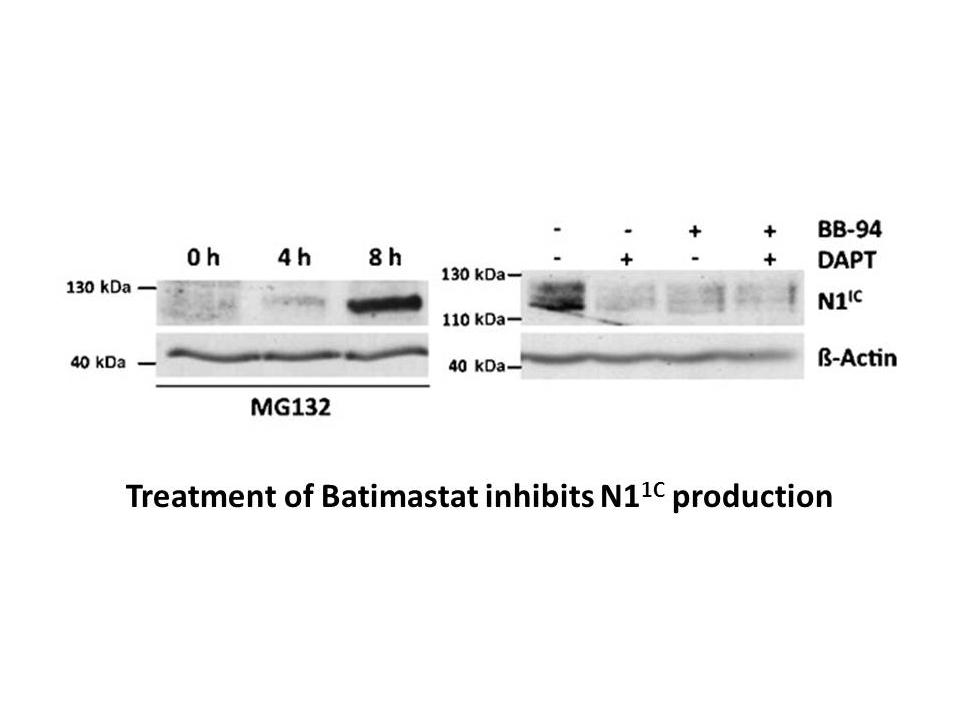
An important and well-documented pathway involved in cellular growth and proliferation is the mTOR-mediated synthesis of proteins and lipids [7,13,14]. Although found to be tissue specific or context specific regulation, it has always been observed that either one or both the mTOR complexes regulate
-
Heart failure is a chronic
2024-04-17

Heart failure is a chronic syndrome in which the heart is unable of pumping an adequate supply of blood to meet the metabolic requirements of the body or generating the required elevated ventricular filling pressures to maintain output [34]. Despite considerable advances in the treatment of heart fa
-
It could be hypothesized that the
2024-04-17
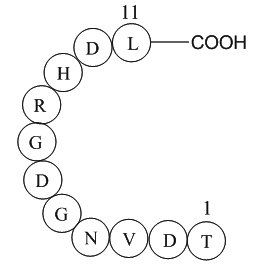
It could be hypothesized that the adiponectin system is regulated by gonadal steroid hormones. The lowest concentrations of adiponectin, AdipoR1 and AdipoR2 proteins in the endometrium and myometrium during the mid-luteal and late-luteal phases suggest that progesterone suppresses the expression of
-
br Hyperadiponectinemia in disease conditions Other evidence
2024-04-17
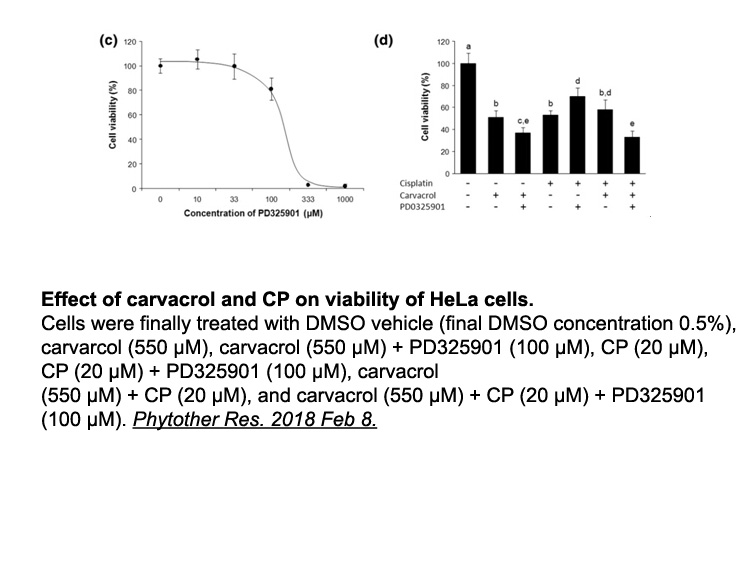
Hyperadiponectinemia in disease conditions Other evidence indicates that hyperadiponectinemia does not necessarily always imply a healthy outcome. Indeed, a recent study suggested that hyperadiponectinemia occurs in various diseases. Given that the risk for AD and vascular dementia is increased i
-
Our in vitro data show that
2024-04-17
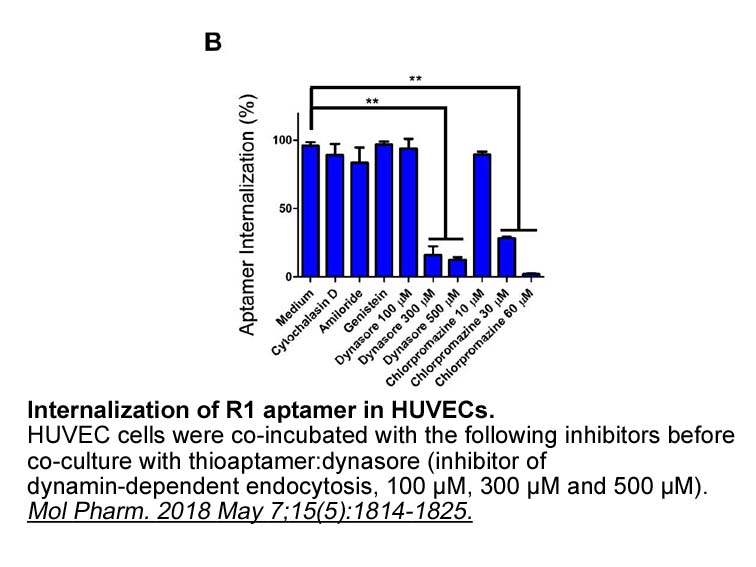
Our in vitro data show that CyaA does not play a critical role in the bacterial adherence to mammalian cells. This observation is in contrast to previous studies that reported a role for CyaA in FHA-mediated adherence of B. pertussis bacteria to the respiratory epithelial Digoxin [37,38]. This disc
15559 records 168/1038 page Previous Next First page 上5页 166167168169170 下5页 Last page